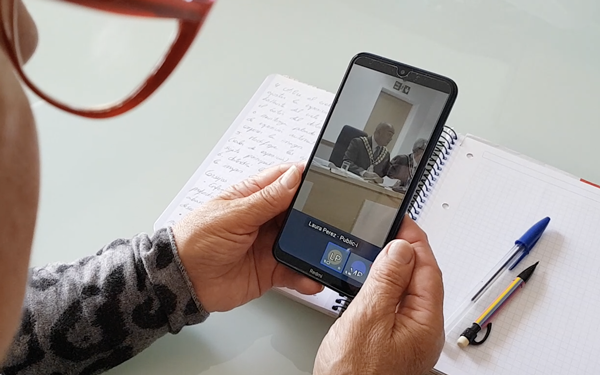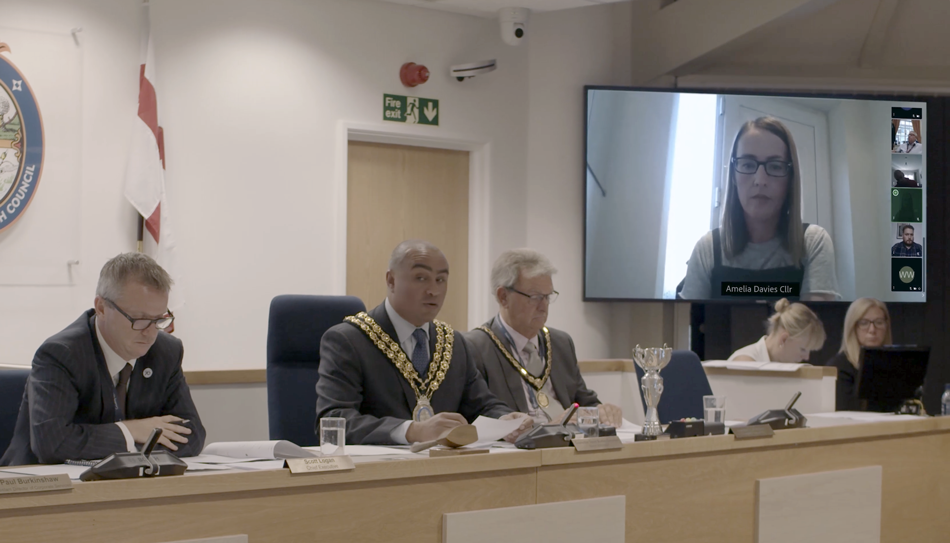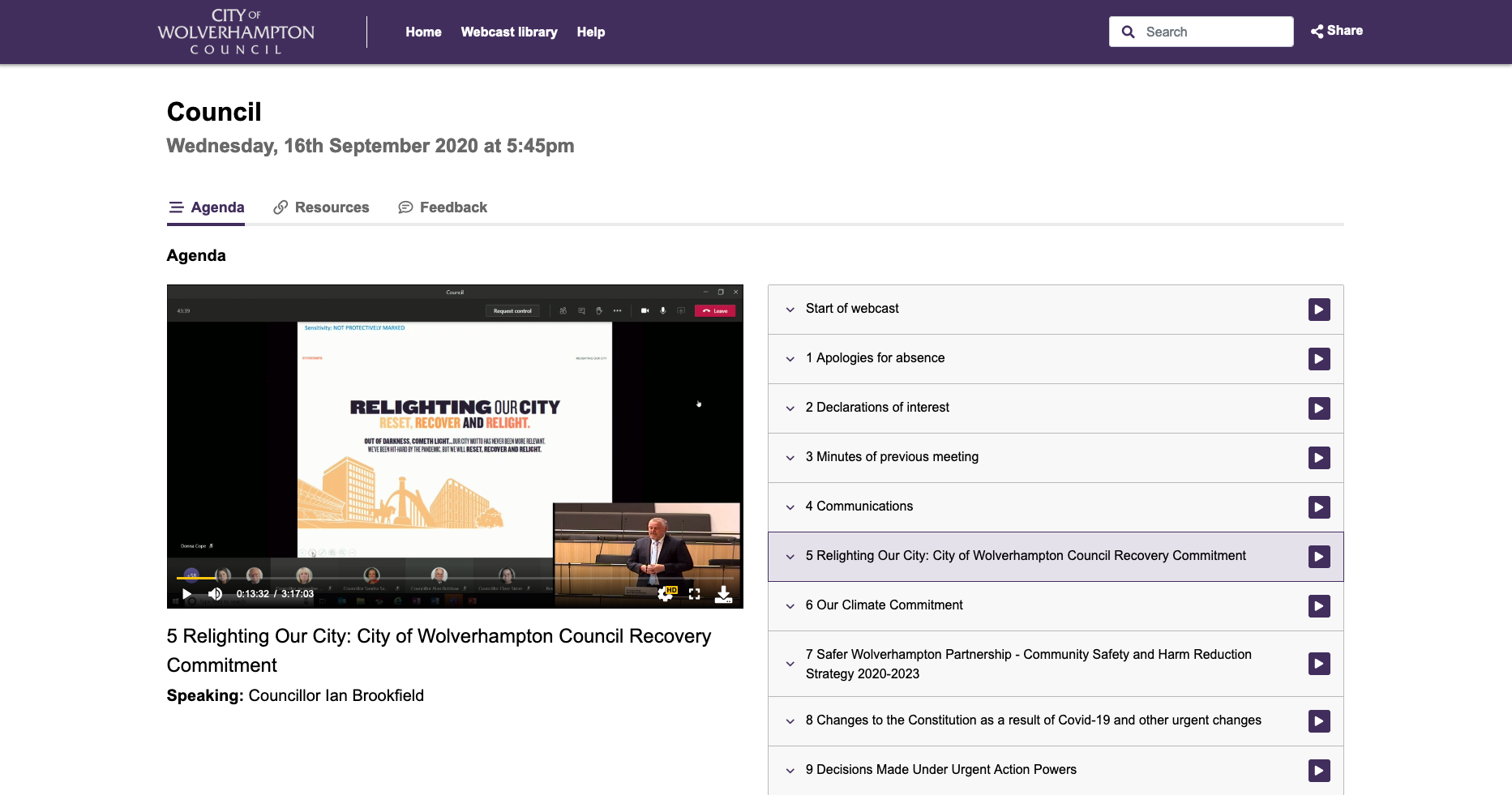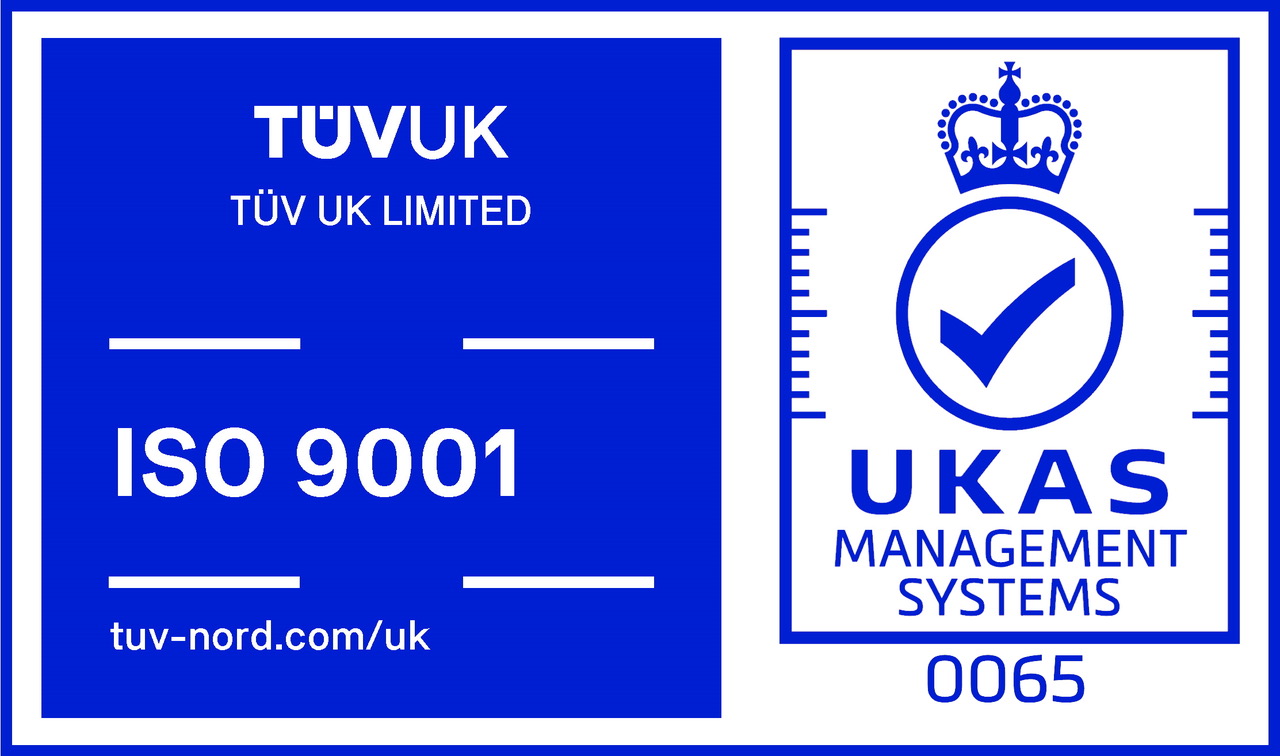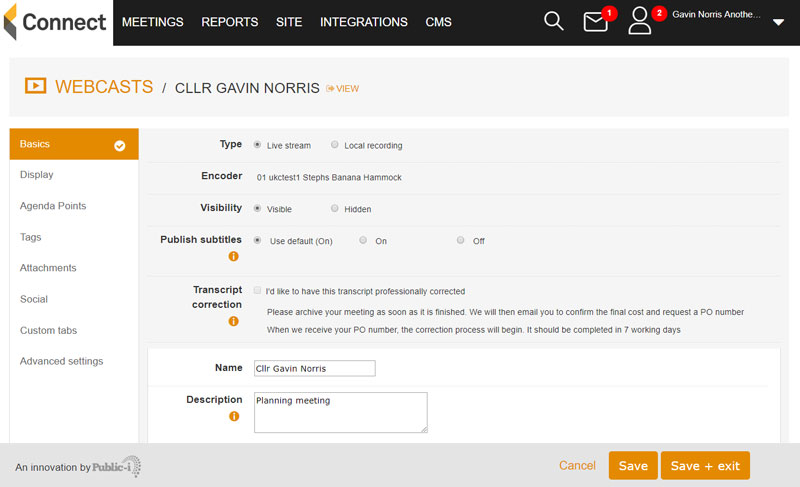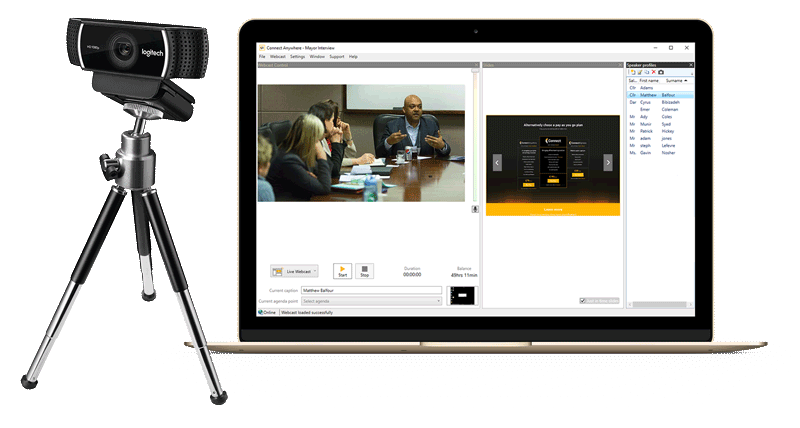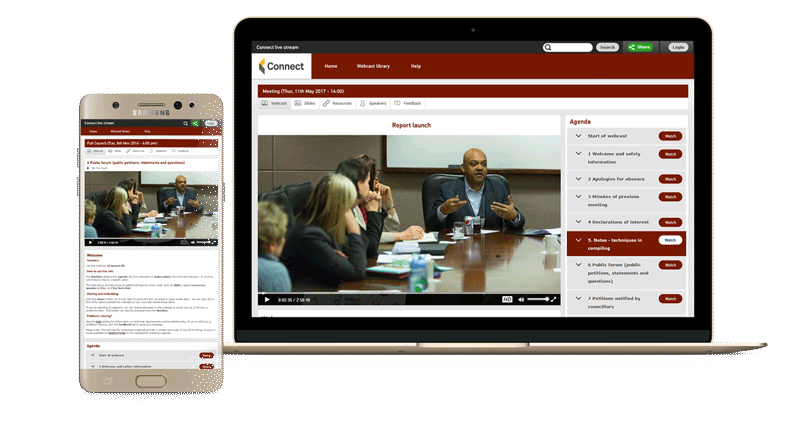Running a hybrid council meeting which combines participants in the Council chamber with remote participants on video conference may sound complicated to manage. Let us take you through some ideas which can help to successfully link remote and local participants in a council meeting.
1. Plan ahead
It is important to get members and operators trained well in advance of the meeting. Remote participants joining from home might need to test their internet connection and get some training on the functionality (muting/unmuting microphone/camera for example). Managing speakers in a large online meeting can be challenging so the chair and operator should have a process and test things out in some practice meetings. Having an attendee list and whether they are going to be remote or in the room is also important.
Councillor attending a hybrid meeting on her phone
2. Test the audio
In the committee room, the conference microphones are usually set up and tested in advance. The room speaker reinforcement should be loud enough to hear local and remote speakers clearly and without feedback. Same goes with the online participants; you might want to get them to arrive before the meeting starts and test their audio too. We recommend that remote participants use headsets to avoid echo.
3. A picture is worth a thousand words
Body language is obviously very important in a council meeting, so video is an important part of communication. Each side should be able to see each other clearly. Having an overview of the committee room is fine when no one is speaking but it is important that as soon as someone presses their microphone on, they can be seen in full view to the remote users and members of the public. Hence camera automation is key. So too is the availability of displays in the room to cover all angles, as participants will be spreading in a socially distanced manner. Check that both sides are also able to present slides.
Remote participants view on the chamber
4. Prepare agendas and roles before the meeting
Democratic Services officers are very aware of how the democratic process works and how agendas are set and shared before the meeting so that members and the public understand the topic. Some officers will be be managing the microphones of speakers during the meeting and run a vote while others might respond to technical queries online or in the room.
Just as it was in physical meetings, speakers must keep to time and the moderator is present to prevent interruptions. It is important that online and local participants are given equal opportunities to put their points across.
Hybrid meeting webcast with agenda points
5. Use software made for local authorities
Public-i have created Hybrid Link for councils to simplify hybrid council meetings. One operator can easily manage in-chamber and remote participants and webcast the meeting. Votes are simple and automated; this saves the time and resources needed for a manual roll-call. Hybrid Link also integrates seamlessly with Connect Webcasting, so the public can watch the proceedings and understand the democratic process.
Benefits of using Hybrid link video

